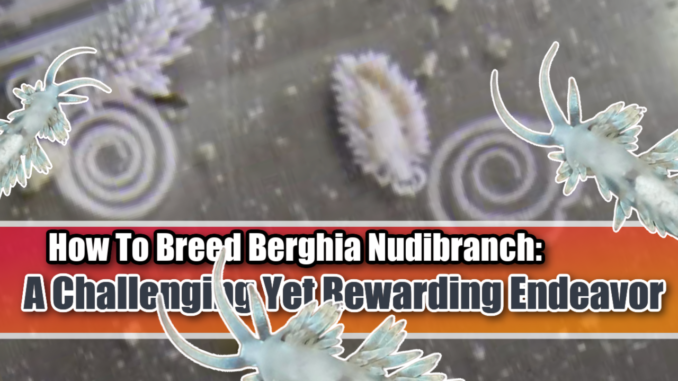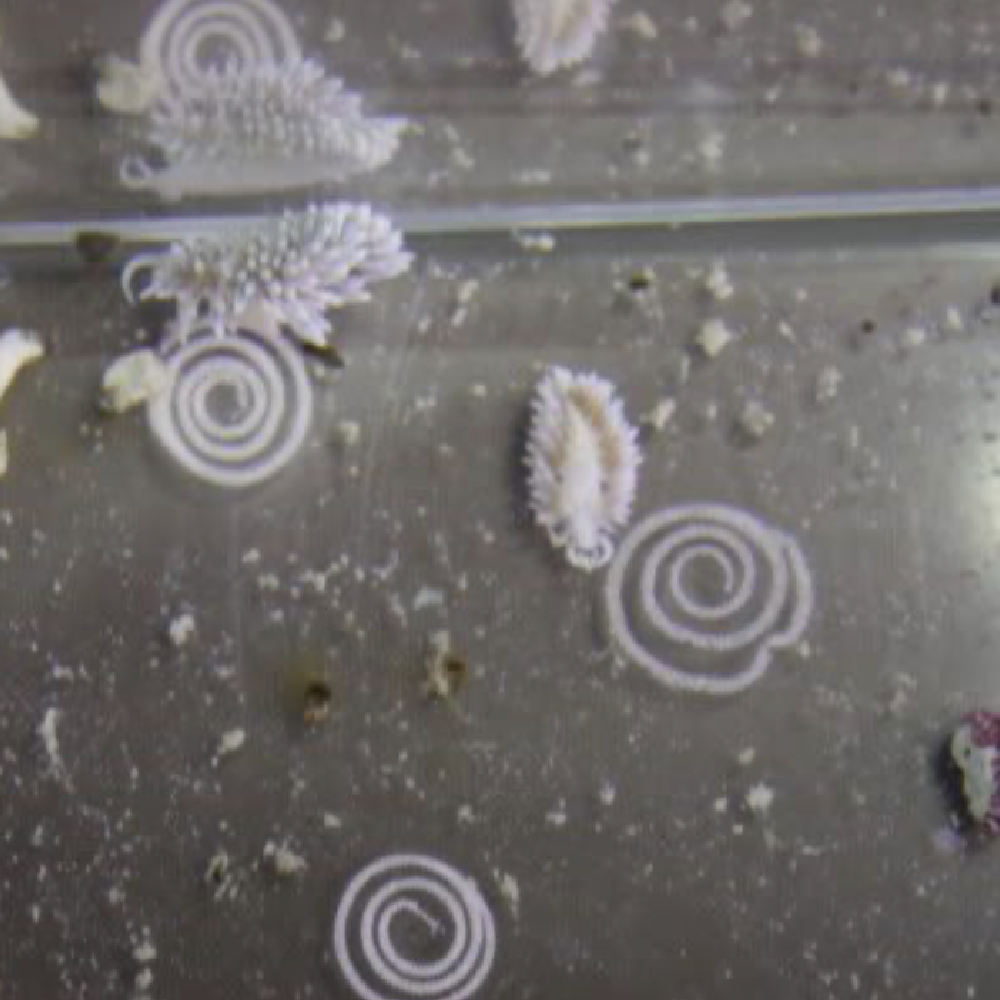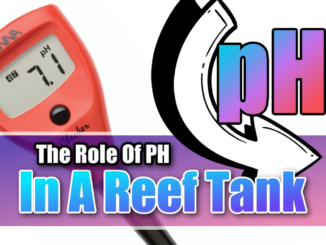
Breeding Berghia nudibranchs (Berghia sp.) can be a challenging yet rewarding endeavor for experienced marine aquarists. These nudibranchs are popular for their ability to control pest anemone populations in reef tanks, making them a sought-after addition to marine aquarium ecosystems. Here’s an overview of the process:

- Selecting Healthy Specimens: Choose healthy adult Berghia nudibranchs that are active, have vibrant coloration, and appear disease-free. Since breeding nudibranchs can be intricate, starting with strong parent stock is crucial.
- Tank Setup: Set up a dedicated breeding tank with appropriate water parameters, similar to those found in a mature reef aquarium. Adequate lighting, water movement, and stable water conditions are essential.
- Food Source: Berghia nudibranchs feed exclusively on Aiptasia anemones. To encourage breeding, ensure a consistent and healthy supply of Aiptasia anemones in the breeding tank.
- Temperature and Water Quality: Maintain water temperature and quality within the optimal range for the specific Berghia species you’re breeding. Regular water testing and maintenance are crucial to ensure a stable environment.
- Reproductive Behavior: Berghia nudibranchs are hermaphroditic, meaning each individual has both male and female reproductive organs. However, they typically mate with another individual to exchange sperm. After mating, they lay small, coiled egg masses on surfaces like rocks or substrate.
- Egg Collection: Watch for egg masses and carefully remove them from the breeding tank to prevent predation. Place them in a separate container with similar water conditions.
- Larval Stage: Berghia nudibranch eggs will hatch into planktonic larvae that float in the water column. Providing specialized larval food, such as microscopic algae or phytoplankton, is crucial for their development.
- Metamorphosis: As the larvae develop, they go through metamorphosis and settle onto a substrate, attaching themselves with a secretion. This is when they begin their transformation into juvenile nudibranchs.
- Juvenile Care: The juvenile Berghia nudibranchs will start to feed on Aiptasia anemones. Ensure a continuous supply of food to support their growth and development.
- Patience and Observation: Breeding Berghia nudibranchs requires patience and careful observation. The process from egg laying to raising juveniles can take several weeks, and success rates can vary.
Breeding Berghia nudibranchs is a specialized undertaking that demands a thorough understanding of their biology, behavior, and specific care requirements. Due to the intricacies involved and the potential challenges, it’s advisable to gather information from reputable sources, connect with experienced breeders, and be prepared for a learning curve.
Additionally, responsible breeding practices, such as finding appropriate homes for the offspring and avoiding any negative impact on wild populations, should be a priority.




